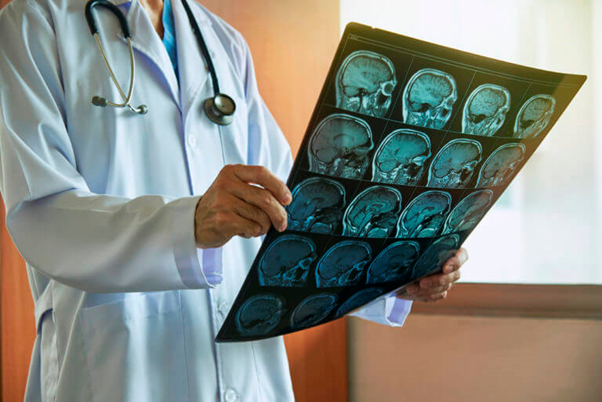Neural Recording and Modulation
Supporting the development and optimization of new tools and technologies for modulation and recording of cellular or near cellular resolution signals of the central nervous system and the biology and biophysics underlying those technologies
The Centre for Brain & Spine Research supports the development and optimization of new tools and technologies for the modulation and recording of cellular or near-cellular resolution signals of the central nervous system and the biology and biophysics underlying those technologies.
These technologies include electrodes, micro/mini scopes, molecular probes for neurotransmitters, magnetothermal tools, bioluminescent recorders, and voltage indicators, as well as supplemental components for these base technologies like custom application-specific integrated circuits (ASICs), adaptive optics, and signal processing techniques.
The primary goal of this research is to develop new tools that enable new capabilities for in vivo experiments, at or near cellular resolution, in animal models. Neural activity is defined broadly to include electrical activity, neurotransmitter and neuropeptide signaling, as well as plasticity and intracellular signaling events. The technologies funded through these funding opportunities represent diverse modalities including optical, electrical, magnetic, acoustic and genetic recording/manipulation.


